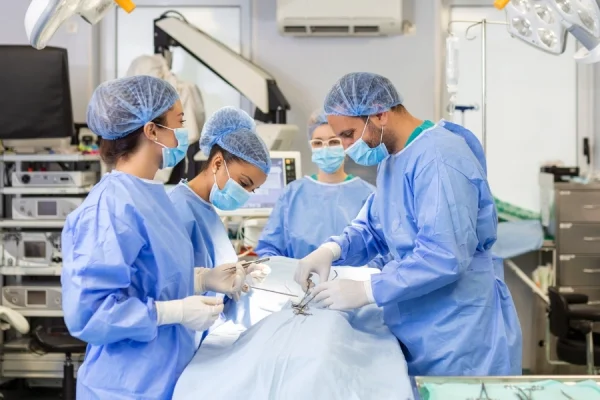Hypospadias is a congenital condition in boys where the urethra opens on the underside of the penis rather than at the tip. While this may alarm parents, effective modern surgical techniques offer excellent outcomes. In this guide, we’ll explore the different approaches to hypospadias repair, recovery expectations, and how families can support their child throughout the healing process.
Understanding Hypospadias: What You Need to Know
What Is Hypospadias: Types and Incidence
Hypospadias is a birth defect in which a boy is born with the urethral opening located somewhere other than the end of the penis. It occurs in approximately 1 in every 200 to 300 live births. The condition is classified by the location of the urethral opening:
- Distal hypospadias (near the tip of the penis)
- Mid-shaft hypospadias
- Proximal hypospadias (at the base of the penis or scrotum)
Some cases may include additional issues such as chordee, a downward curvature of the penis. Early diagnosis is crucial, as it allows for timely intervention and better outcomes.
Recognizing Symptoms: When to Seek Help
The main symptom of hypospadias is the urethral opening being in an abnormal position. Other signs may include:
- Penile curvature during erection (chordee)
- Difficulty urinating while standing
- Potential issues with sexual function later in life
Even mild cases should be evaluated by a pediatric urologist to determine if hypospadias repair is necessary and to discuss potential treatment plans.
Surgical Solutions: Techniques for Hypospadias Repair
Surgical Precision: A Delicate and Skilled Procedure
Hypospadias repair is typically performed between 6 and 18 months of age. The goal of surgery, known as urethroplasty, is to reposition the urethral opening at the head of the penis and correct any curvature.
The Tubularized Incised Plate (TIP) repair is the most commonly used method. It involves creating a new urethra using skin from the penile shaft. This technique is praised for its low complication rates and positive cosmetic results.
Another common approach, the Mathieu repair, is often used for distal hypospadias and preserves more of the native tissue.
Additional Repair Methods for Complex Cases
For more severe cases, alternative methods include:
- Duckbill repair – Designed for proximal hypospadias, it creates a broad base for the new urethral opening, enhancing blood flow and healing.
- Two-stage repair – Used when anatomy is more complex. The first stage creates a urethral plate using grafts, followed by a second procedure that completes the connection to the tip of the penis.
Each surgical option has its benefits and potential risks. Choosing the right technique depends on the severity and complexity of the condition and requires evaluation by an experienced specialist.
Recovery Timeline: What to Expect After Surgery
Healing Process: Milestones and Care Tips
Recovery from hypospadias repair varies depending on the individual and the complexity of the surgery. Most children stay in the hospital for one to two days after the procedure. Full healing usually takes two to six weeks.
Post-surgery, a catheter may be placed to help the new urethra heal. At home, parents should be prepared to:
- Monitor for signs of infection
- Provide pain relief as prescribed
- Maintain proper hygiene around the surgical site
Ensuring good hydration and balanced nutrition can further support healing.
Pain Management and Home Care
Postoperative pain is common but manageable. Pediatricians often recommend medications like acetaminophen or ibuprofen based on the child’s age and weight. Gentle methods such as warm compresses may also help reduce discomfort.
Parents should avoid letting their child engage in rough play or strenuous activities for several weeks. Emotional support and reassurance are just as important during this period, helping children feel safe and cared for throughout recovery.
Long-Term Outlook After Hypospadias Repair
Function and Appearance Over Time
Most children who undergo hypospadias repair achieve excellent long-term results with normal urinary function and satisfactory appearance. However, some may still experience complications, such as fistulas, strictures, or issues with urination and sexual health later in life.
Regular follow-ups with a pediatric urologist are essential to monitor healing and address any emerging concerns as the child grows.
The Importance of Ongoing Care and Monitoring
Continued Support Through Growth and Development
Follow-up visits typically occur at 3 months, 6 months, and annually thereafter, depending on the child’s progress. During these appointments, the doctor will:
- Examine the surgical site
- Identify any complications early
- Answer questions from parents or the child
As children reach adolescence and adulthood, discussions around self-image, urinary and sexual function, and emotional well-being become more relevant. Ongoing support ensures the child receives comprehensive care long after the surgery is complete.





